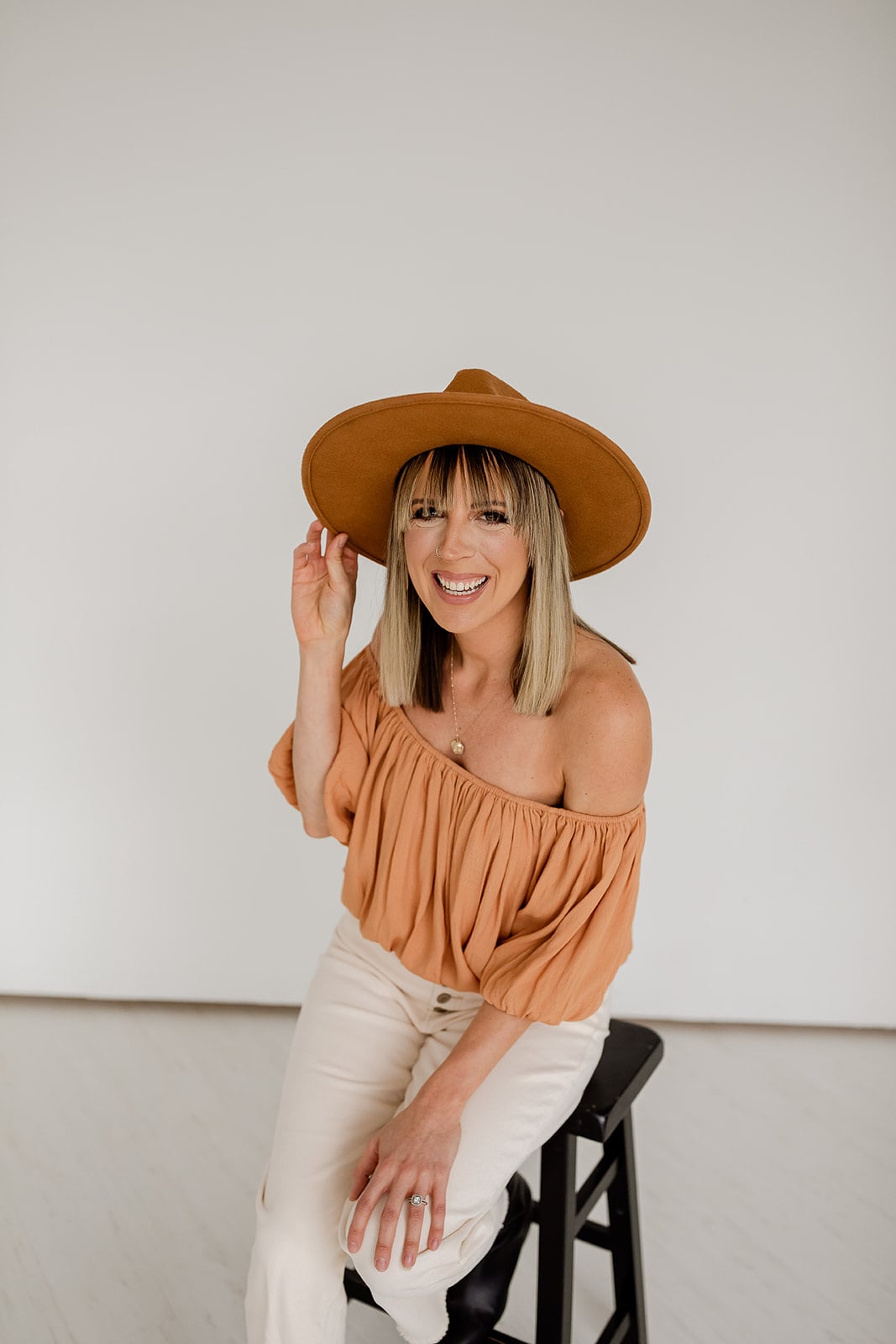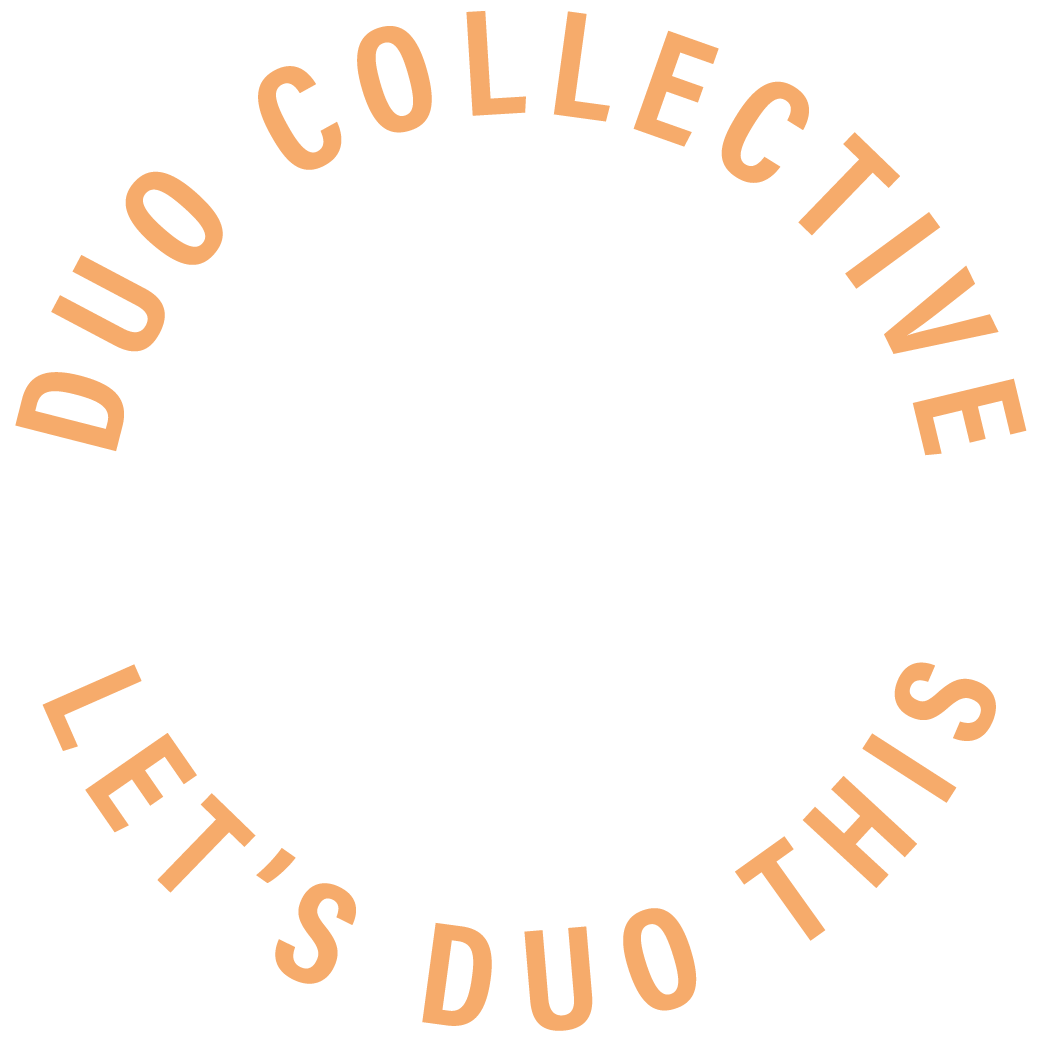When it comes to branding there is a lot of jargon out there. We are guilty of it ourselves, having come from the agency world. We find ourselves using brand terminology that our audience might not know or understand. If this is happening to you in your own world, you know how difficult it can be to close a sale when you don’t speak the same language. So let’s break this down. Let’s talk about all of these fancy brand buzzwords, remove the corporate talk, and explain what they actually mean.
Why should you understand these brand marketing terms as a small business owner? Because it’s the first step to feeling confident in your own brand. Whether you are investing in a brand project in the future or already have your brand assets— a brand marketing term we breakdown below— when you understand the terms, you will be more effective at using them. Yes, you need to practice! That confidence and authority in your own brand is what builds loyal audiences.
7 Common Brand Marketing Terms & What They Mean
Brand Mood Board
Brand mood boards are one of our favorite things to do for a client. A mood board defines the essence of your brand. It brings together both visual and emotional components of your business. It also ensures consistency across all elements. This is typically the first step for any design project whether that be a complete re-brand or social strategy templates.
A very important thing to remember is that a brand mood board is not your actual brand designs. This is very important, because as visual beings, many people really struggle with seeing the inspiration and not actual designs.
If you are a brand designer or want to experiment with building a brand mood board for yourself, we’ve got a template for you! It even digs into the next few brand marketing terms including your brand assets and brand board.
Visual Elements or Assets
These are the actual individual pieces that make up your entire brand. Brand assets usually include logo, submarks, colors, patterns, icons, fonts and photography. After we’ve completed a branding project all of these brand assets get dropped into a Google Drive folder. This folder includes working files. Which means the actual design files built in Illustrator or Photoshop. Along with JPEGs or PNGs. We always like to deliver working files regardless of if you have the platforms or not. This gives you ownership over your brand assets so you can share the files with your team, printers or anyone else.
Submarks
Logo submarks are iterations of your main logo that are usually more simplistic. These can be used in places like your Instagram bio, website footer, favicon, printed collateral, brochures, business cards and so much more. These are a fun way to expand on your brand and create more visual interest with your audience. You main logo is meant to be used in places where your audience is first meeting. Whereas, your submarks can be used with your current audience to build brand awareness.
Brand Board
Unlike a brand mood board, a brand board is the next phase of development. This is where we take your approved mood board and begin to create your actual brand from that inspiration. This is where we create your logo, submarks, patterns, fonts, define your color palette and photography direction. This is the real deal!
In this phase of a brand project you might also see the first iteration of your brand strategy copy. You will likely see a few rounds of everything so you can choose your favorites before finalizing your brand for the next phase of the project.
Style Guide
We call this your “brand bible.” Your style guide is where everything about your brand lives, and we’re not talking about just your brands visuals, we’re talking about your brands strategy too! This document lays out your mission, vision, voice and personality. It will tell the story about your brand. For example, it articulates why your brand exists, who it’s built for and the future vision. It also digs into the very specifics of your brand visuals such as your logo. This includes rules around your logo, where and how to use your logo, your color palette breakdown, your submark and pattern rules and so much more.
Brand Collateral
Brand collateral are those fun printed or digital pieces that come to life after your brand is solidified. Some example of these are business cards, free email resources, service and pricing guide, social media templates, apparel, email signatures and more.
Your brand collateral items really help bring your brand to life across every element. Being cohesive and consistent with your assets is one of the most important rules of having a strong brand. The best part about building your own brand collateral, is that although you can hire help to create these, once you have your brand assets folder you can DIY these yourself with confidence.
Design Revisions
These are the changes that we make based on your feedback throughout the process. Typical brand packages will always include a few rounds of revisions. This is your chance to provide feedback and changes to what your designer is building. Yet it is also an opportunity for the brand expert to share their feedback. Sometimes your feedback might not align with the overall strategy, so you can rest assured that as experts, we don’t hesitate in telling you “no”.
This is your reminder to trust your designer and brand expert. They understand the intricacies behind building a brand such as color theory, what fonts bring out what personality, what designs are timeless vs. a fad and so much more. Because of that be open to feedback during the brand revision phase on both sides.
Your guide to understanding all the brand buzzwords
Regardless of where you are in the brand creation process— a DIYer, ready to hire an expert or not even sure— understanding these terms will give you the confidence you need to dig in. And if you are wondering if a rebrand is right for you, listen to episode 22. If you liked today’s episode on The Duo On Air Marketing Podcast, don’t forget to leave us a review & subscribe!

More from the Duo
Sign Up for Tuesday Tips and Sips Newsletter
Abbey Oslin and Courtney Petersen are Minnesota-based marketing experts, educators, and co-founders of boutique marketing agency Duo Collective, which specializes in SEO, social media strategy, and branding for small business owners and creative entrepreneurs. To learn more about Duo Collective, or to inquire about working with our team, head over to www.duocollective.com.
To inquire about being a guest on Duo On Air, please fill out this application form.
And to submit a topic or a question for next week’s episode, send us a DM on Instagram! See you on Monday!


+ show Comments
- Hide Comments
add a comment